Tejuino drink recipe fans, ready for the coolest sip of summer? Picture sweet corn, tangy lime, and a light fizz swirling over crushed ice, all mixed in your own kitchen. I’ll show you the simple steps, share my street-vendor secrets, and answer every “what if” that pops up. Grab a glass, because your new go-to refresher starts right here.
Why You’ll Love This Recipe
- Quick win: you mix, wait, sip. No fancy gear needed.
- Authentic street flavor that teleports you to a Jalisco plaza with every gulp.
- Gut-friendly probiotics keep your stomach happy and the refreshment guilt-free.
- Customizable sweetness and spice so you can satisfy picky kids or heat seekers alike.
- Party magnet: one pitcher turns any cookout into a lively conversation starter.
Ingredients Needed
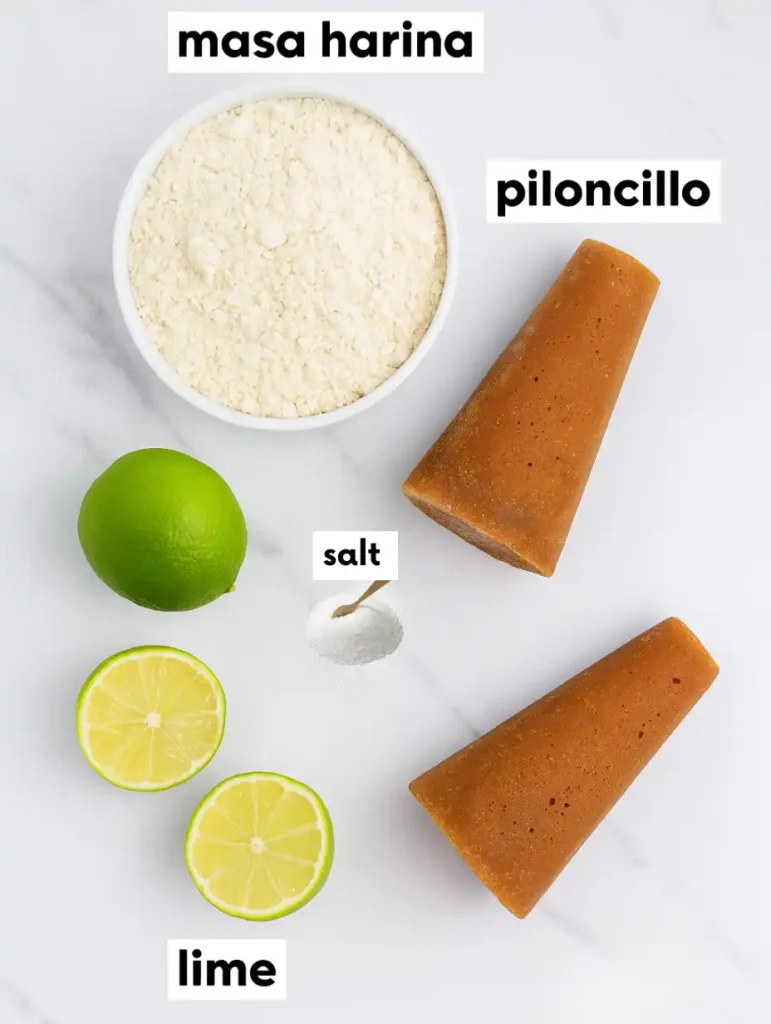
For the Masa Base
- Masa harina, 2 cups – choose a fine-ground brand for the smoothest texture.
- Warm water, 1 ½ cups – helps the masa hydrate fast.
- Fine salt, ¼ teaspoon – brightens the corn flavor.
- Extra water, about 2 cups – used later to blend the dough into a pourable slurry.
For the Piloncillo Syrup
- Piloncillo, 16 ounces – unrefined cane sugar that adds caramel depth. Chop it so it melts faster.
- Water, 4 cups – forms the sweet base that carries the fermentation.
- Fresh limes, 2 – juiced at the end for zip and to temper sweetness.
For Serving (Optional but highly recommended)
- Extra lime wedges – a final squeeze wakes up all the flavors.
- Pinch of sea salt – traditional touch that sharpens the tang.
- Crushed ice or lime sorbet – keeps it frosty and adds a playful slush texture.
Notes & Substitutions
- No piloncillo on hand? Swap in packed dark brown sugar at a one-to-one ratio. Flavor stays sweet but loses the smoky note.
- Cornmeal vs masa harina: You can blitz regular cornmeal in a blender until powdery, yet the drink will taste earthier and may settle faster.
- Sugar-free twist: Replace half the piloncillo with monk-fruit sweetener; fermentation slows, so add an extra day.
- Spice lovers: Infuse the syrup with a dried chile de árbol for mild heat without altering sweetness.
- Naturally gluten-free: All base ingredients come from corn and cane sugar, so no swaps needed for celiac guests.
How to Make tejuino drink
Set aside 48–72 hours for fermentation; hands-on work is about 20 minutes.
Step 1: Combine masa harina and salt in a bowl, then drizzle in warm water while kneading until a soft dough forms. Set the dough aside to rest while you start the syrup.

Step 2: Place the chopped piloncillo cones in a large saucepan with 4 cups of water. Bring to a gentle simmer for about 6–7 minutes, stirring until the sugar completely melts. Lower the heat to keep the syrup hot but not boiling.
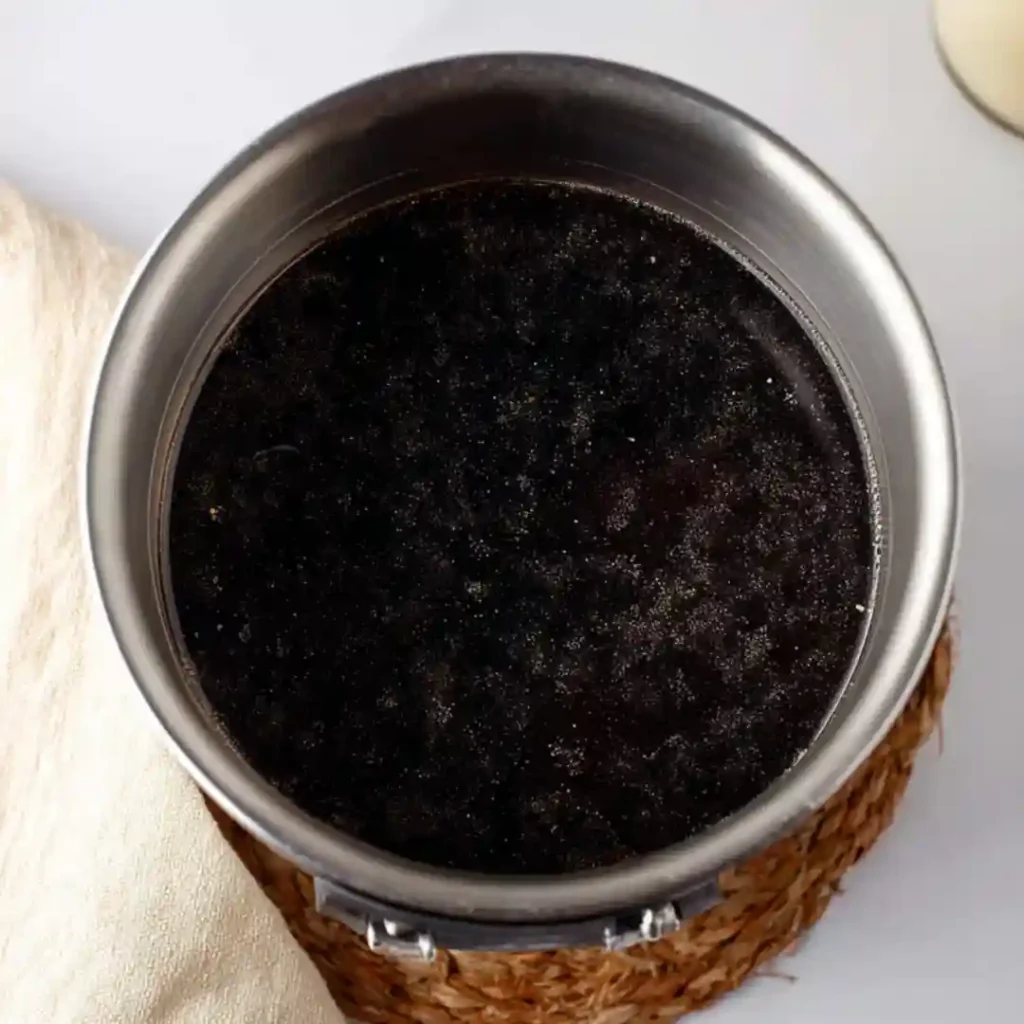
Step 3: Blend half of the rested masa with 1 cup of water until perfectly smooth. Pour this slurry into the simmering piloncillo syrup, whisking constantly.

Step 4: Set the pot over medium heat and cook, stirring, for roughly 10–12 minutes until the mixture starts to thicken and cling to your spoon. Take it off the burner, then immediately squeeze in the juice of two limes and stir to brighten the flavor.
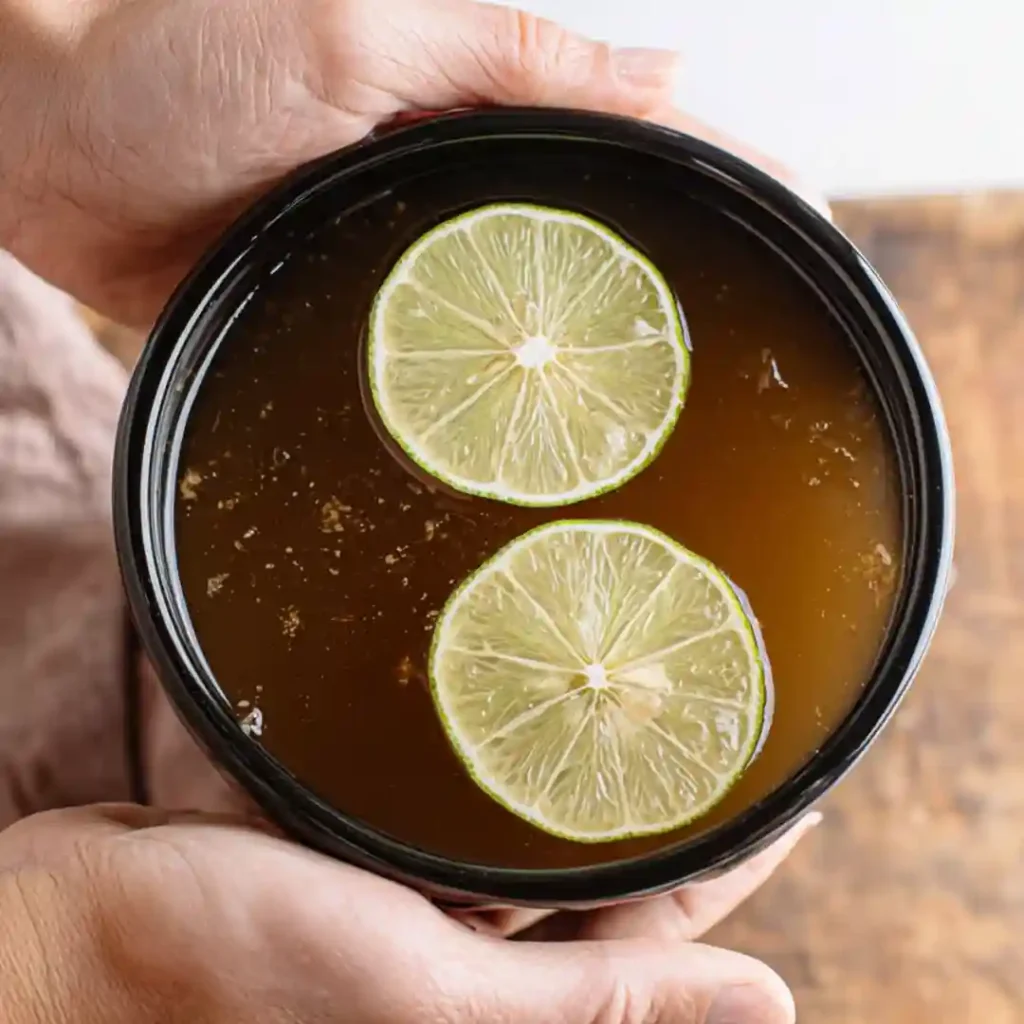
Step 5: Give the mixture a thorough stir, then cover the pot with a clean piece of cheesecloth or a breathable tea towel. (If you own a large glass or clay vessel, use that instead just be sure it’s spotless.) Set the covered mixture in a cool, dry spot to ferment for 48–72 hours.
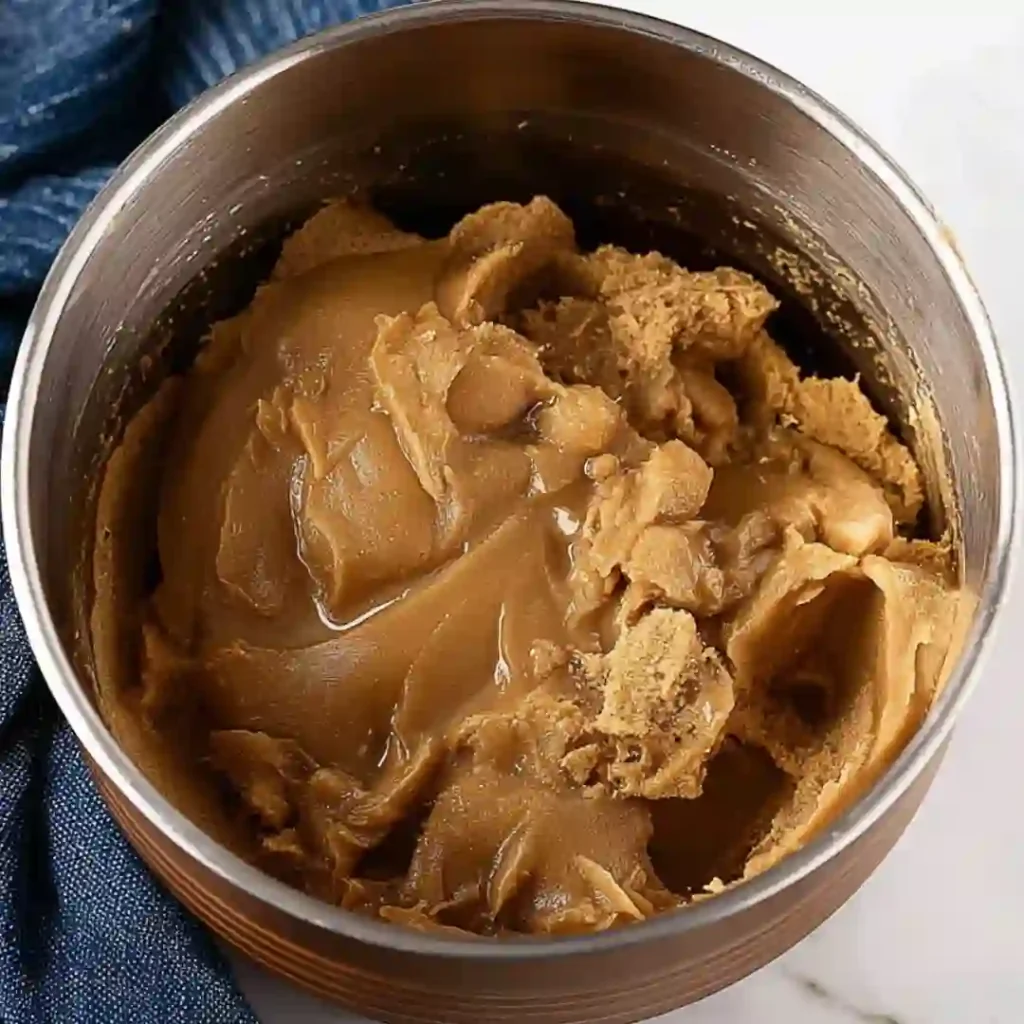
Step 6: After fermentation, transfer the thick concentrate to a blender with a splash of water and puree until silky. Return the smooth concentrate to a pitcher filled with ice, top up with cold water to taste, and stir well before serving.
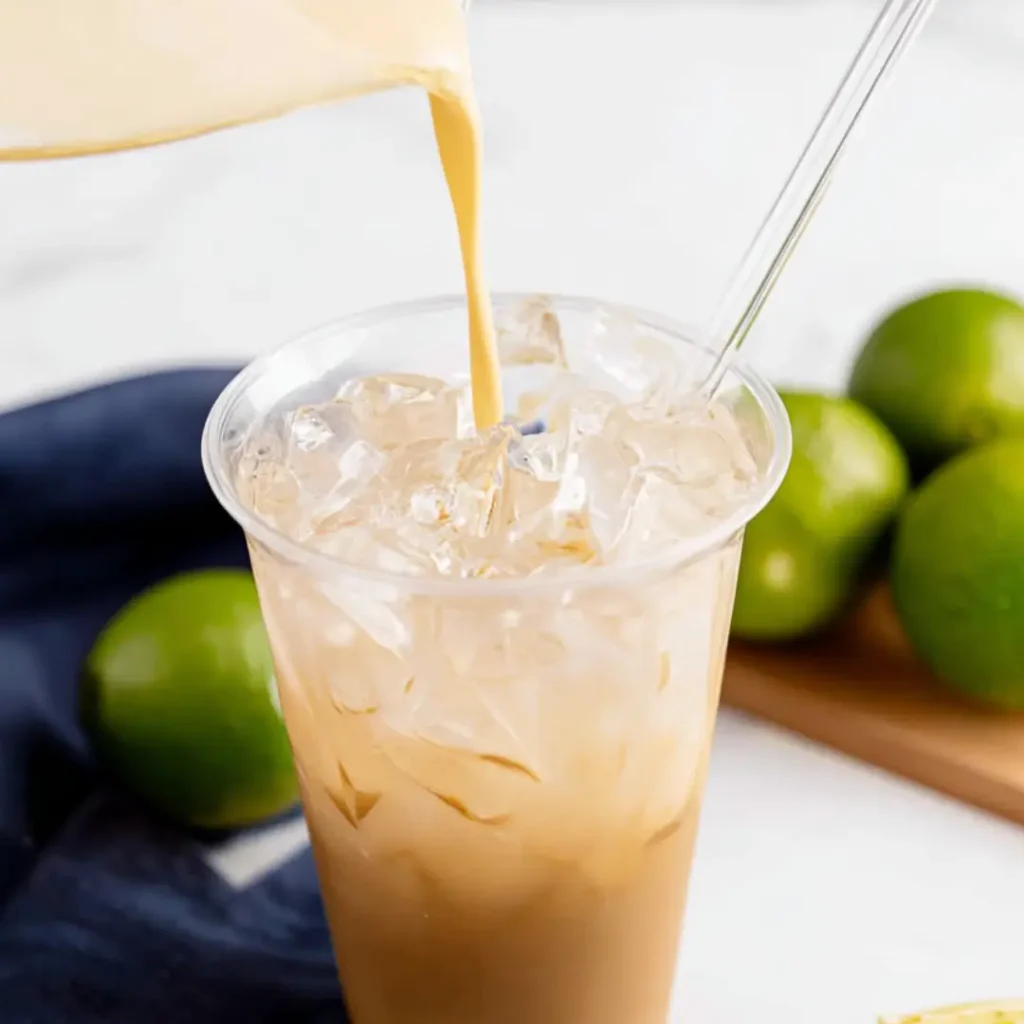
Step 7: Pile a glass with crushed ice, splash in fresh lime juice, and dash on a whisper of sea salt. Top up the glass with your chilled tejuino concentrate mixed with cold water. Give everything a good shake in a cocktail shaker or “roll” the drink by pouring it back and forth between two cups until frothy and well blended. Feeling extra festive? Finish with a mound of shaved ice or a scoop of lime sorbet. Cheers to the perfect sip!
Pro Tips & Troubleshooting
Expert Tips for Next-Level Flavor
- Blend until silky: Give the masa slurry a full 60-second whirl so every corn particle dissolves. Smooth slurry means a velvety final drink.
- Watch the temp sweet spot: Keep fermentation around 75 °F. Cooler rooms extend the timeline; hotter rooms create harsh acidity.
- Add lime off-heat: Stir lime juice only after the pot rests five minutes. This keeps bright citrus notes intact and prevents bitterness.
- Use glass or ceramic: Nonreactive vessels protect delicate probiotic cultures and guarantee a clean, authentic taste.
- Strain twice for clarity: Pass the concentrate through a fine sieve, chill, then strain again before serving. Your pitcher will sparkle.
Common Mistakes to Avoid
- Boiling the syrup hard: Vigorous boils caramelize piloncillo, turning the drink murky and bitter. Aim for a gentle simmer.
- Skipping the towel cover: Tight lids trap steam and promote mold. A breathable cloth lets friendly microbes thrive while keeping dust out.
- Under-blending masa: Lumps stay gritty even after cooking. Always liquefy completely before adding to the pot.
- Ignoring smell cues: A sharp, unpleasant odor early on signals contamination; discard and start fresh rather than risking illness.
Creative Shortcut
Need consistent fermentation in a cool kitchen? Place the covered pot inside an unplugged oven with just the oven light on. The tiny heat source keeps a steady 75 °F climate without special equipment.
Serving, Storage & Variations
Serve It Like a Pro
- Classic street style: Pour equal parts concentrate and cold water over crushed ice, squeeze fresh lime, sprinkle sea salt, and watch friends grin.
- “Piña loco” twist: Rim the glass with chili-lime seasoning, add a splash of pineapple juice, then top with chamoy for sweet heat.
- Brunch refresher: Swap water for sparkling mineral water and pop in a slice of cucumber. Light bubbles make the probiotics feel fancy.
- Dessert in a cup: Crown each glass with a scoop of lime sorbet for a frosty float that melts into creamy foam. Spoiler: you may never go back to store-bought slushies.
- Late-night upgrade: Stir in one ounce of tequila or mezcal. The earthy spirits cozy up to the caramel notes in piloncillo.
Smart Storage
- Concentrate: Seal in a glass jar and refrigerate up to 5 days. Shake before each pour; natural sediment is normal. That timeline mirrors recommendations in the FoodSafety.gov Cold Food Storage Chart for cooked dishes.
- Freezer: Freeze concentrate in ice cube trays for 3 months. Drop cubes into water and stir for instant tejuino on hot afternoons. Freezing aligns with the upper limit suggested by the USDA FoodKeeper App for similar beverages.
- Diluted drink: Plan to finish any mixed batch within 24 hours for peak fizz and flavor.
- Warm option: Craving comfort? Gently heat concentrate on the stove with a splash of milk until steamy. You get an atole-style hug without losing probiotic goodness.
Fun Variations
- Sugar-smart: Replace half the piloncillo with monk-fruit sweetener. Fermentation takes an extra day, but carbs drop fast.
- Spicy mango: Blend in fresh mango chunks and one deseeded jalapeño before serving. Sweet fire meets tangy corn in the best possible way.
- Second-ferment fizz: Bottle finished concentrate with a teaspoon of brown sugar and leave at room temp 12 hours. You’ll create gentle carbonation similar to kombucha.
- Tropical mocktail: Mix tejuino, coconut water, and a squeeze of orange for a beach-vibe refresher kids can chug safely. Curious about other ingredient swaps? Check the FAQ below.
Nutritional Information
| Nutrient (per serving) | Amount |
| Calories | 178 kcal |
| Carbohydrates | 41.2 g |
| Protein | 1.6 g |
| Fat | 0.6 g |
| Saturated Fat | 0.1 g |
| Polyunsaturated Fat | 0.3 g |
| Monounsaturated Fat | 0.2 g |
| Trans Fat | 0 g |
| Cholesterol | 0 mg |
| Sodium | 47.2 mg |
| Potassium | 52.6 mg |
| Fiber | 1.3 g |
| Sugar | 27.9 g |
| Vitamin A | 39.6 IU |
| Vitamin C | 2.8 mg |
| Calcium | 37.4 mg |
| Iron | 1.5 mg |
Why these numbers matter:
Masa harina delivers complex carbs along with iron and magnesium that keep energy steady. Piloncillo adds trace minerals plus a caramel kick without processed white sugar. Lime juice sneaks in vitamin C, while fermentation builds gut-friendly probiotics that support digestion. You get a cholesterol-free, low-fat refresher that powers outdoor fun without the crash. Full nutrient data comes from the USDA FoodData Central database entry for corn masa harina.
Curious about tweaks? Any ingredient swap will shift the stats. Pop the recipe into tools like Cronometer or MyFitnessPal for an exact read on your version.
Explore More Delicious Recipes
If you enjoyed diving into the Tejuino drink recipe, why not explore more delightful dishes from our collection? Here are some must-try recipes to elevate your cooking adventures:
- Brazilian Mounjaro Recipe
- Vanilla Bean Paste Recipe
- Moose Farts Recipe
- Sourdough Coffee Cake Recipe
- The 6 Best Low Carb Mango Desserts
Explore these recipes today to bring more exciting flavors to your table and make every meal memorable!
Conclusion
Tejuino delivers sweet, tangy, fizzy refreshment with the bonus of real probiotic power. You need only pantry corn, rustic piloncillo, and a scrap of patience to pour a pitcher that tastes like a Jalisco street cart. The silky texture, adjustable sweetness, and playful serving twists make this drink perfect for lazy pool days, taco nights, and post-workout hydration.
If this guide helped you nail your first batch, please drop a quick comment and hit the five-star rating. Your feedback helps fellow tejuino rookies find success. Snap a photo, tag me on Pinterest or Facebook, and share the summer vibes with friends. I can’t wait to hear about your spin on the classic. Did you add lime sorbet, a spicy rim, or a splash of mezcal? Tell us below; your creative twist might inspire the next reader!
Frequently Asked Questions
1. What is a tejuino made of?
Tejuino blends nixtamalized corn dough (masa), piloncillo syrup, lime juice, and a pinch of salt. After a short fermentation the mix turns lightly tangy and naturally fizzy.
2. How to make the best tejuino?
Use fresh masa harina, melt piloncillo gently, blend the slurry until silky, and ferment around 75 °F for 48–72 hours. Finish with a squeeze of fresh lime and serve over crushed ice for classic street-vendor flavor.
3. Is tejuino like kombucha?
Both drinks rely on friendly microbes for a mild ferment and probiotic benefits, yet tejuino is corn-based and tastes malty, while kombucha starts with tea and tastes fruity or vinegary.
4. Can tejuino get you drunk?
Not likely. The short ferment produces less than one percent alcohol, roughly the same as ripe fruit juice. FAO/WHO Guidelines for the Evaluation of Probiotics in Food note that such low-alcohol ferments are considered non-intoxicating.
5. Is tejuino good for your stomach?
Yes. The lactobacillus bacteria created during fermentation add probiotics that may support digestion and a balanced gut microbiome. Recent research in Nutrients (2024) details how probiotics from fermented drinks support gut health.
6. Why do people drink tejuino?
Fans love its sweet-tart flavor, gentle fizz, and hydrating mix of electrolytes. Many also enjoy the cultural connection to Jalisco street markets. A 2021 study in Foods analyzed tejuino’s microbial profile and confirmed its safety and unique tang.
7. Can kids drink tejuino?
Kids can sip tejuino in moderation because the alcohol level is minimal. Always serve well chilled and skip any boozy add-ins.
8. What is the difference between tepache and tejuino?
Tepache ferments pineapple rinds with piloncillo, tastes fruity, and pours thin. Tejuino uses corn masa, gives a malty profile, and pours thick before dilution.
9. What is the difference between pulque and tepache?
Pulque comes from the fermented sap of the agave plant and turns creamy and slightly yeasty. Tepache comes from pineapple and stays light, sweet, and bubbly.
10. What is the Mexican drink Jamaica made of?
Agua de Jamaica steeps dried hibiscus petals in water with sugar. The result is a ruby-red, tart refresher completely separate from fermented corn drinks.
Have another question? Drop it in the comments and we may add it here!











